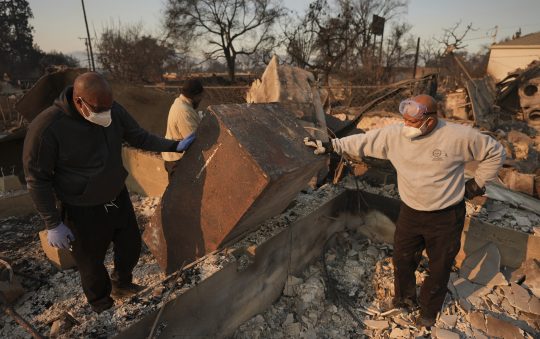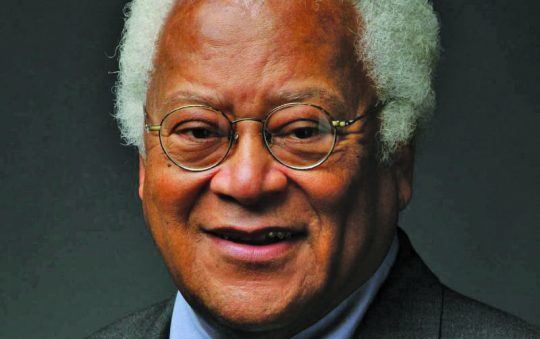
There were more than 11,000 incidents of hate crimes reported last year, the highest ever in our nation. Given this deeply alarming record-high number of hate crimes against protected groups such as African American and Jewish people, is it possible to reverse the tide of hate?
The Skirball Cultural Center’s new fall exhibit is titled “This Light of Ours: Activist Photographers from the Civil Rights Movement” in which nine photographers shine a light on the dark corners of the movement that overturned the centuries-old Jim Crow laws.
The photographers were a diverse group, identifying as Black, Jewish, Christian, Native American, Mexican American, and Japanese Canadian, and were also members of the Student Nonviolent Coordinating Committee (SNCC). SNCC was the principal channel of student commitment to assist direct-action challenges to segregation and voting.
Related Stories
Student Athlete of the Week: Brandon Lockhart
‘Grace In Your Second Act’ – Florence LaRue’s Book Offers Wisdom on Aging Gracefully
Their multiethnic collaboration to support Black leaders presents a lesson on how to avoid the atrocities of the past by working together to create better societies. The exhibit runs until February 25 at the Skirball Cultural Center located at 2701 N. Sepulveda Blvd. in Los Angeles.

Alissa Schapiro is an associate curator and collections specialist at the Skirball and the exhibition is presented by the Center for Documentary Expression and Art (CDEA) and the Maltz Museum of Jewish Heritage. She said that “This Light Of Ours” is relevant because “we need to protect the social progress the movement achieved.”
“Ensuring the right to vote for Black Americans is a central theme in ‘The Light of Ours: Activist Photographers of the Civil Rights Movement,’” said Schapiro. “The voting rights activism stood at the heart of the Student Nonviolent Coordinating Committee’s work. SNCC leadership and volunteers – many of whom were themselves minorities, including young Jewish men and women and older Jewish leaders from the North – risked their safety and even their lives while working on voter registration campaigns in the South.
“As we move toward the 2024 elections, it is our responsibility to learn from SNCC and the Civil Rights Movement as we continue the fight for voting rights today,” said Schapiro.
There is another exhibit at the Skirball, also curated by Schapiro, that speaks to the sinister spirit of racism, titled “Reclaimed: A Family Painting,” which tells the story of three generations of women who spent decades trying to recover what the Nazis had stolen from their Jewish family during the Holocaust.

“Both ‘This Light of Ours: Activist Photographers of the Civil Rights Movement’ and ‘Reclaimed: A Family Painting’ speak to the importance of looking back into history and learning from the work and the lives of those who came before us in order to move forward with wisdom and hope toward building a better future,” said Schapiro.
The Skirball Cultural Center is located at 2701 N. Sepulveda Blvd., in Los Angeles. Museum hours are Tuesday to Friday, 12 p.m. to 5 p.m.; Saturday and Sunday, 10 a.m. to 5 p.m. Closed on Mondays and holidays. General admission is $18, senior, students and children over 12 admission is $15, and admission for children ages 2 to 12 is $13.







